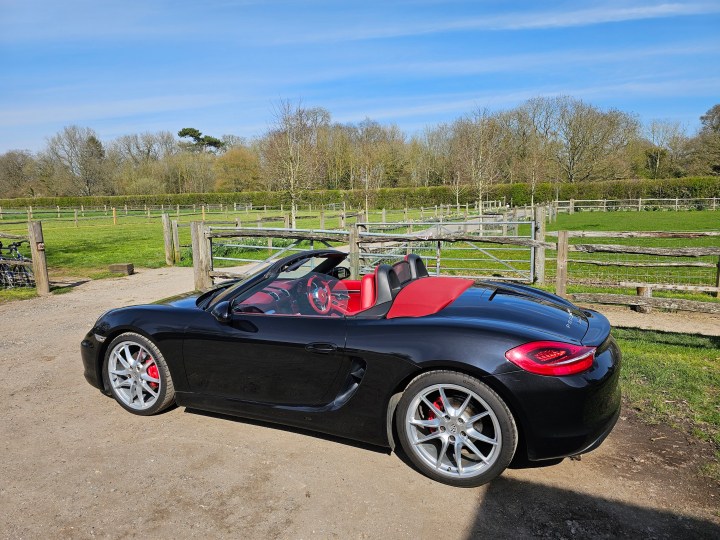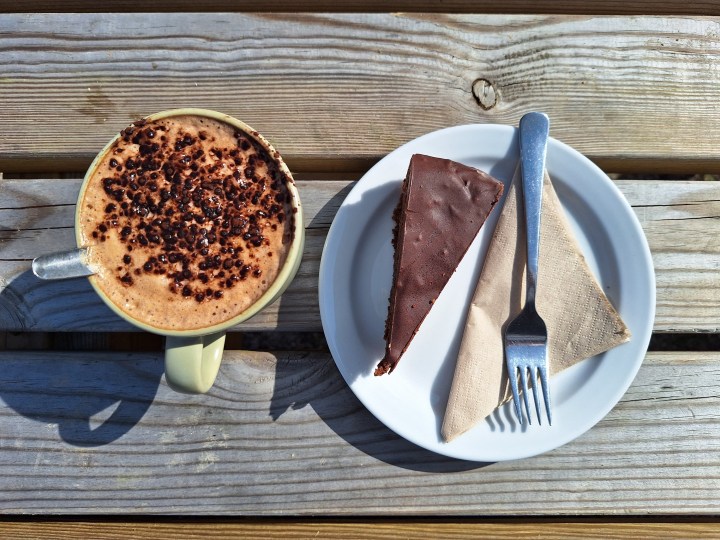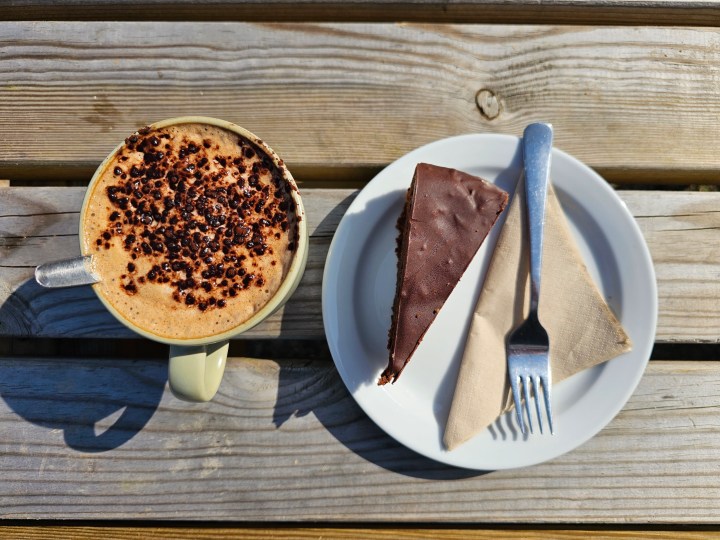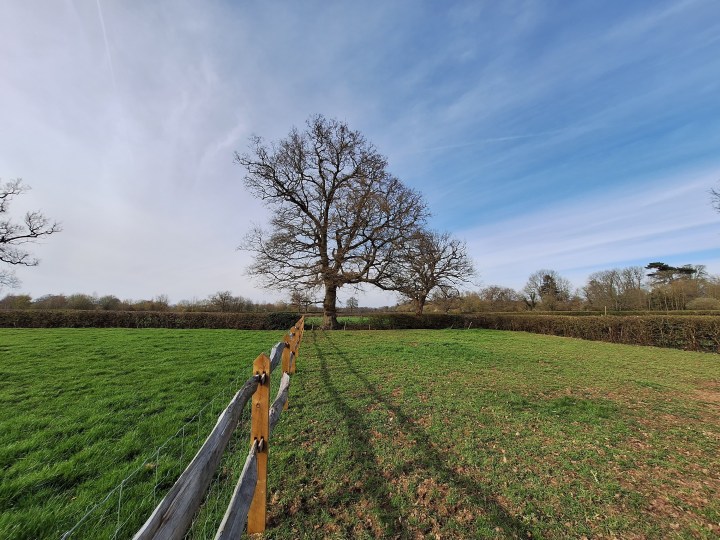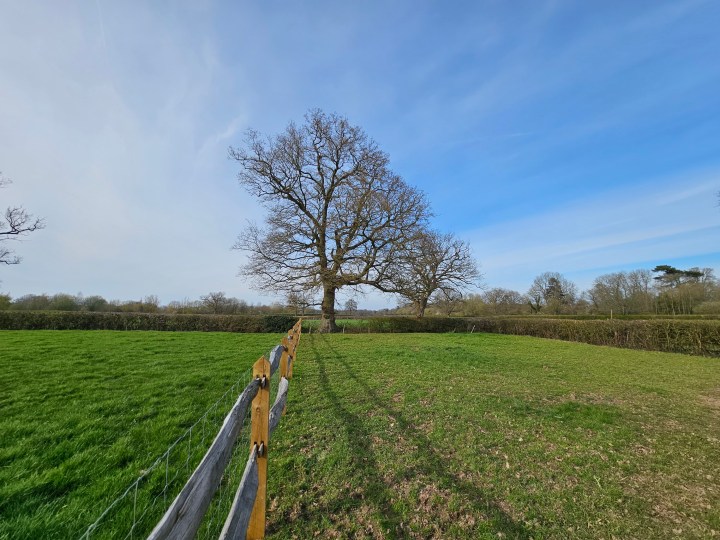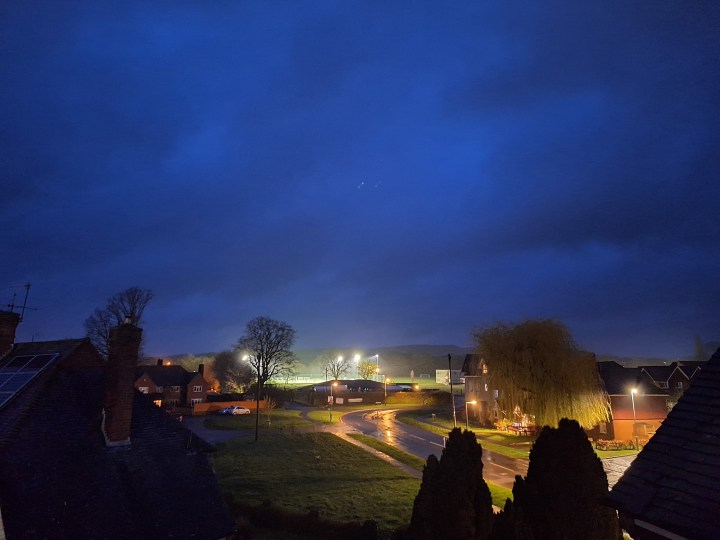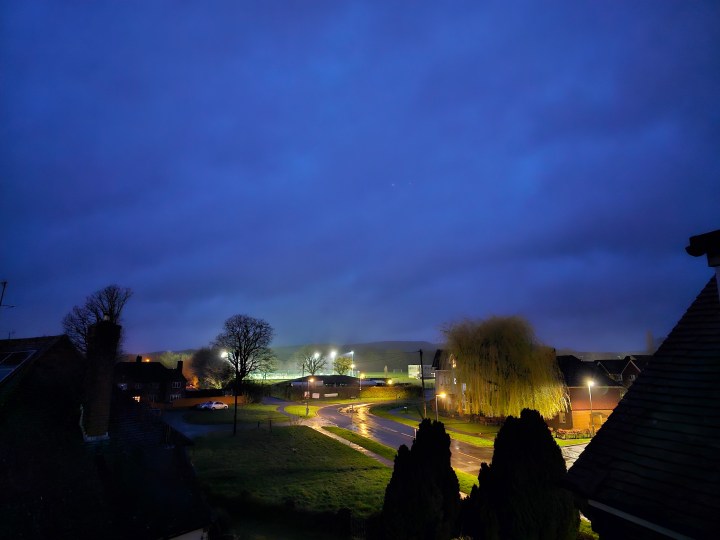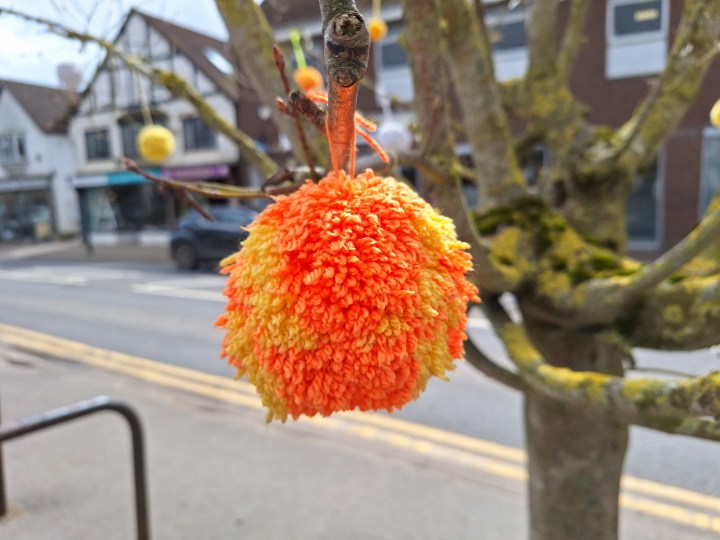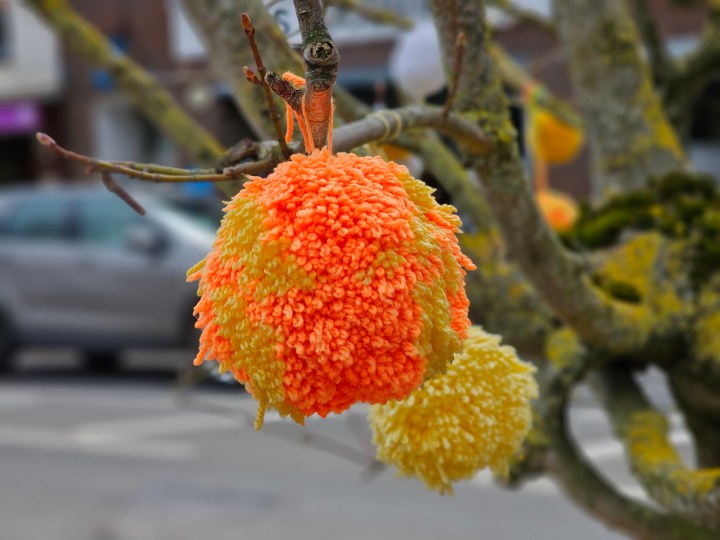Comparing phone cameras is a fine balancing act, where everything from the price of the device to the functionality is considered before taking the first photos. So, under normal circumstances, the Samsung Galaxy A54 would never face the Samsung Galaxy S23 Ultra. After all, they’re worlds apart in both of those areas. So why are you about to see a comparison between the two?
It’s simple. Because they are so different, just how much better or worse is one compared to the other? Or are they closer together than Samsung would like you to think? Let’s see if we can save you money or convince you to spend more with one of the most unusual camera comparisons we’ve done yet.
Just how different are the cameras?
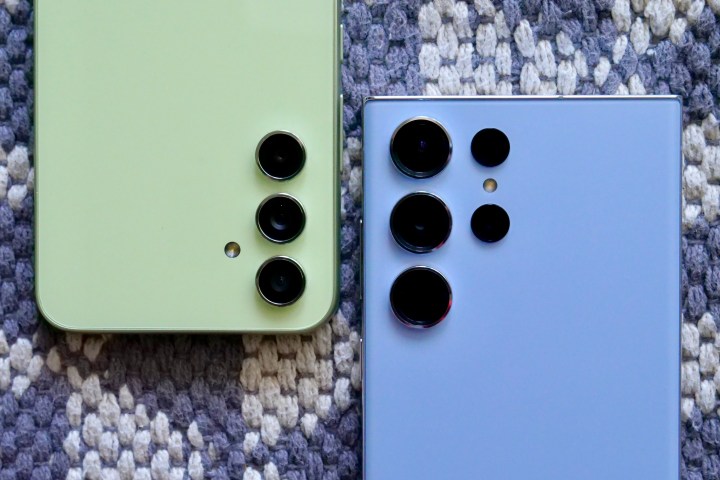
The cameras are really different on paper. The Samsung Galaxy A54 has an f/1.8 aperture, 50-megapixel main camera with a 1/1.56-inch sensor size, autofocus, and optical image stabilization (OIS). It’s joined by a 12MP, 123-degree field of view wide-angle camera and a 5MP macro camera. The phone costs $450, or 499 British pounds, while the Galaxy S23 Ultra starts at $1,199 — making it more than twice as expensive as the Galaxy A54.
Obviously, there are considerable differences between them on a hardware level, with the S23 Ultra using the Qualcomm Snapdragon 8 Gen 2 For Galaxy processor, which has been tweaked to assist with the camera performance, and the A54 using Samsung’s own Exynos 1380 processor.
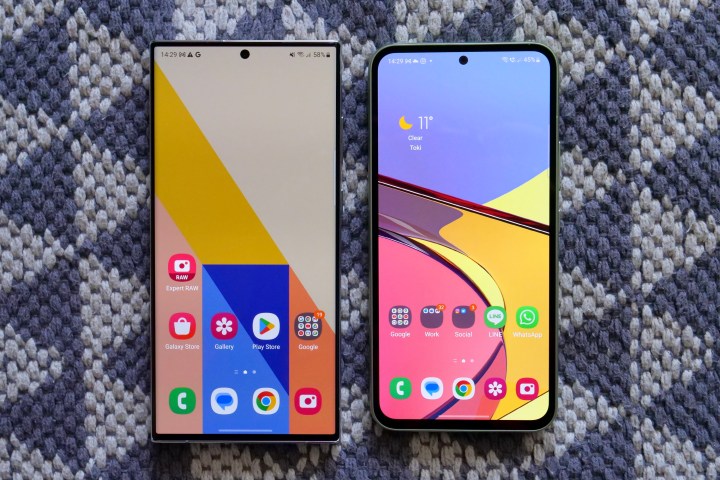
There are four cameras on the back of the Galaxy S23 Ultra, starting with the massive 200MP main camera with its 1/1.3-inch sensor, an f/1.7 aperture, autofocus, and OIS. It’s joined by a 12MP wide-angle camera and a pair of 10MP telephoto cameras, providing 3x and 10x optical zoom.
For the purposes of this test, we’re not going to explicitly score each section, and we’re not going to seriously compare features where the S23 Ultra is clearly going to have an advantage. Instead, it’s all about seeing where the subtle differences lie and establishing whether you should spend the extra money to get the Ultra.
Main camera
This is the crucial test. The main camera is the one we will all likely use the most and expect the best performance from. Obviously, the Galaxy A54 won’t be taking 200MP shots, but like the S23 Ultra, it normally takes 12MP shots in auto mode. I left both cameras in auto and simply pointed them at a scene and tapped the shutter button. You’re seeing the unedited images, resized for friendlier online viewing, throughout.
- 1. Galaxy A54
- 2. Galaxy S23 Ultra
At a glance, the first photos look pretty similar, and if I was going to share them quickly, I’d not have any immediate problems with either. It’s when you start to closely examine them that the differences appear. The Galaxy A54 has a shocking tendency to amplify reds, greens, and blues — and you can see it throughout the image.
The car’s red interior isn’t the lipstick red captured by the A54, and the black bodywork is deeper than the A54’s more blue-black color. In both areas, the S23 Ultra’s DCI-P3 color gamut pays off, as it’s far more accurate to real life. There’s more detail when you zoom into the tires, and the accumulated road dust shows up in the S23 Ultra’s photo too.
- 1. Galaxy A54
- 2. Galaxy S23 Ultra
These more natural colors are also obvious in the second S23 Ultra photo of the vase and flowers. The vase itself looks more natural and brings out the texture and shine from the sun too. The different colors of the rose petals are subtle and attractive, whereas the Galaxy A54 goes for an in-your-face style, which lacks the detail found in the S23 Ultra’s photo. The ambiance in the S23 Ultra’s photo is also more attractive, with rays of light captured more effectively than with the Galaxy A54, giving the photo an airy look that closely matched real life.
- 1. Galaxy A54
- 2. Galaxy S23 Ultra
Finally, see how differently the Galaxy S23 Ultra handles white balance in the coffee-and-cake photo, with the plate a crisp white compared to the Galaxy A54’s bluer tone. The chocolate has more texture, there’s a more pleasing and natural depth-of-field, and the overall color balance is more realistic too.
When you put the photos alongside each other and examine them critically, the differences between them are obvious, and I don’t think anyone could argue that the Galaxy S23 Ultra takes better photos. However, just glance at them, ask yourself how much the differences really matter to you, and consider what you plan to do with your photos.
Wide-angle camera
What’s interesting in this section is that neither wide-angle camera is fantastic. The Galaxy S23 Ultra’s wide-angle camera has a more obvious fish-eye effect, and edge enhancement is noticeable in photos taken with both phones. The Galaxy S23 Ultra exposes shots better, and its images are usually sharper and more detailed, but not by much.
- 1. Galaxy A54
- 2. Galaxy S23 Ultra
The photo of the church is a great example of all these characteristics. You can more clearly see the flowers in the dark doorway in the S23 Ultra’s photo, but also how much more the building “leans” than in the A54’s photo. The walls are sharper, and the texture more obvious, plus the colors aren’t as dull as the A54’s image.
- 1. Galaxy A54
- 2. Galaxy S23 Ultra
In our second photo, the S23 Ultra’s slightly wider field of view is evident, as is its attractive treatment of colors and superior exposure. There’s less noise in the sky too. It’s definitely the photo I’d choose to share, but a filter would probably improve the Galaxy A54’s photo, so ask yourself again: s the Galaxy S23 Ultra’s better photo worth the extra money to you?
Yes, optical zoom is worth it
The Galaxy A54 doesn’t have an optical zoom feature, while the Galaxy S23 Ultra has a 3x and a 10x optical zoom. To illustrate how much difference this makes to photos, here are two sets of comparison images.
- 1. Galaxy A54 2x
- 2. Galaxy S23 Ultra 3x
The first pair of photos were taken at 2x zoom on the Galaxy A54 and 3x zoom on the Galaxy S23 Ultra. Samsung adds a 2x zoom mode to the camera app, which encourages people to use it, and as you can see, the results aren’t very special. The clock face is pixelated, and the texture of the brickwork is lost in the digital enhancement. The Galaxy S23 Ultra’s 3x optical zoom is filled with detail and is much sharper too.
- 1. Galaxy A54
- 2. Galaxy S23 Ultra (10x zoom)
The second photo was taken at 10x digital zoom on the Galaxy A54, and it’s so inferior to the S23 Ultra’s photo that it barely seems worth providing any commentary. The S23 Ultra’s 10x optical zoom is superb and allows you to take photos that are quite simply impossible to replicate on most other phones, as this comparison with the Galaxy A54’s digital 10x zoom proves.
Night mode
There’s an interesting difference between the two cameras when shooting in night mode. The Galaxy A54 brightens lowlight scenes considerably and actually takes good photos when there’s still some ambient light. When it’s really dark, the photos are very noisy, which the Galaxy S23 Ultra fixes with some heavy-handed smoothing.
- 1. Galaxy A54
- 2. Galaxy S23 Ultra
The amount of “light” taken in by each camera in this photo is very similar, and while there’s a lot more detail in the Galaxy S23 Ultra’s photo, the sky has been smoothed out considerably, giving it a soft appearance. It’s clear the S23 Ultra’s night shot is technically superior, but it’s also obvious the software is hard at work behind the scenes.
Portrait mode
The Galaxy S23 Ultra’s multiple cameras really enhance the portrait mode, giving you the opportunity to zoom in and increase the level of background blur, no doubt adding some natural bokeh to the mostly software-created effect. The Galaxy A54 does not have such a function, and its photos are less impressive.
- 1. Galaxy A54
- 2. Galaxy S23 Ultra
The fluffy bauble is a great example where the S23 Ultra allowed me to stand back when taking the photo, which helps center the subject in a way that was impossible to accomplish with the Galaxy A54 and still retain the portrait effect.
Selfie camera
The Galaxy A54 has a 32MP selfie camera, and the Galaxy S23 Ultra has a 12MP selfie camera with plenty of enhancements, including phase detection autofocus (PDAF). Forget the megapixels here because the Galaxy S23 Ultra’s selfie camera takes far better photos. It’s not even very close.
- 1. Galaxy A54
- 2. Galaxy S23 Ultra
More realistic skin tones, brighter colors, a stronger portrait mode effect, and a whole lot more detail make the S23 Ultra’s selfies look far better than the Galaxy A54’s. If you’re serious about selfies, the more expensive Galaxy S23 Ultra will satisfy far more than the cheaper phone.
The Galaxy S23 Ultra is better, but …
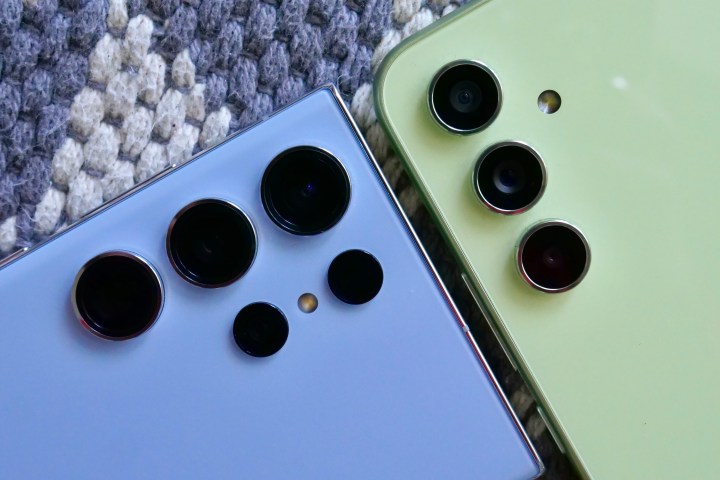
There’s no point in scoring these categories, as it’s obvious the Galaxy S23 Ultra takes better and more technically impressive photos — and is also more versatile and feature-packed than the Galaxy A54. However, the point of this test is to see just how much difference there is between the two and whether you consider it worth the extra money or not. The Galaxy A54’s main and wide-angle cameras take good photos, if a little saturated, and I suspect many people will look at the examples and consider them more than just acceptable.
What you’re also seeing is the impact of the processor and the software on the photos. On the S23 Ultra, the performance of night mode and portrait mode is noticeably better than on the Galaxy A54, which is undoubtedly due to more than just the cameras. Samsung has clearly tuned the S23 Ultra’s software for the more discerning photographer, who may look at the images critically, and aimed the Galaxy A54 at those who want the most eye-catching image to share.
While there is a difference between them, which won’t come as a surprise, it’s perhaps not always the massive gulf you may expect. Which you prefer will possibly come down to what you do with your photos and how much you are prepared to spend on your next phone. This should help clear up whether you need to splurge for the S23 Ultra’s camera or not.

